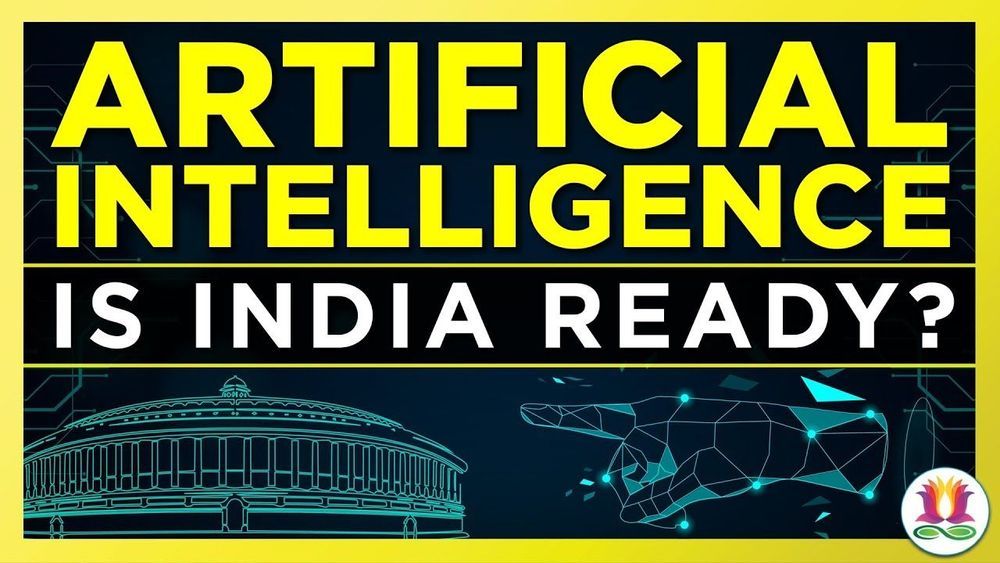The competition between the United States and China on artificial intelligence is heating up recently. In the coming AI Race, can India with an abundance of engineering talent really catch up with the US and China?
Artificial Intelligence, Machine Learning, Robotics, and The Internet of Things (IoT) are one of the rapidly advancing technological developments. The rate of progress in the field of these is amazingly rapid. From SIRI to self-driving cars, artificial intelligence is changing our daily life in many ways.
India is on course to become the third-largest economy in the world (by GDP) within the next few years according to MIT Technology Review. Indian government released a report on artificial intelligence in 2018 that calls for the country to boost investment and focus on deploying the technology in manufacturing, health care, agriculture, education, and public utilities. Currently, around 400 new companies in India have put resources into work including artificial intelligence and machine learning.








